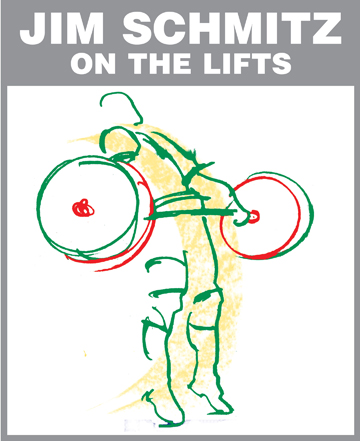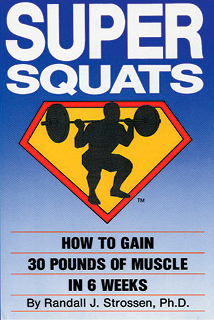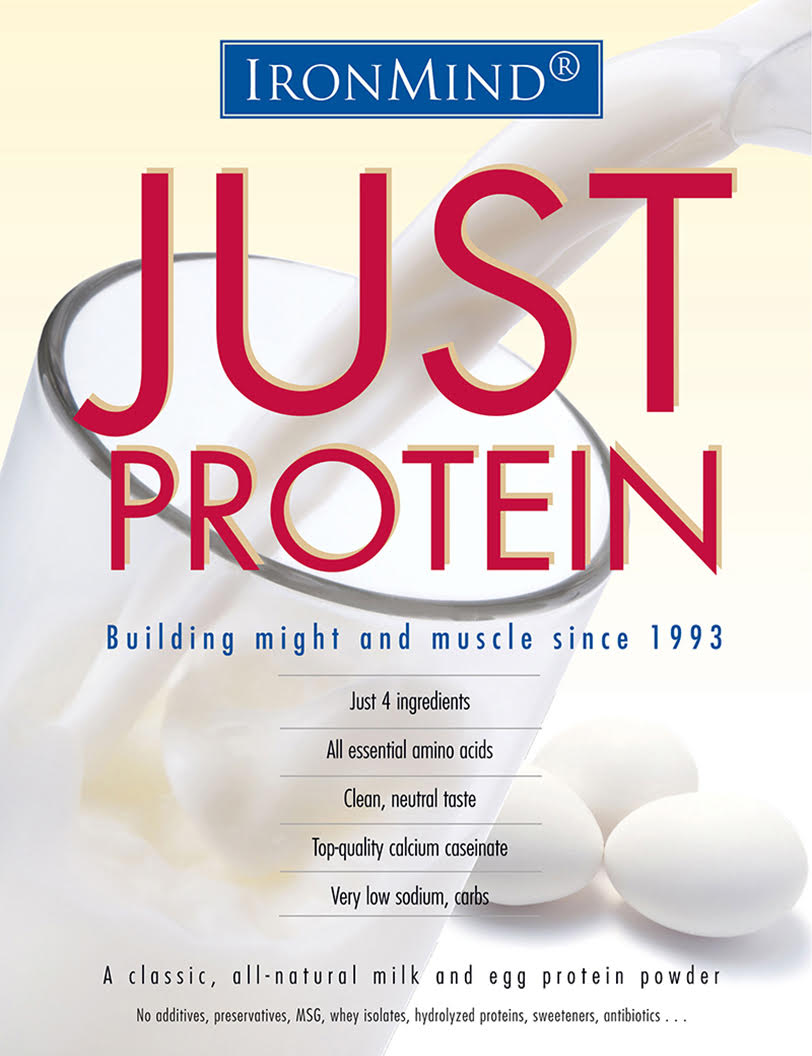
U.S. Olympic Weightlifting Team Coach 1980, 1988 & 1992 Author of Olympic-style Weightlifting for Beginner & Intermediate Weightlifters Manual and DVD
"Lifting off blocks" means the barbell plates rest on blocks that raise the bar to a desired height for beginning your pull. These blocks are usually about 1' wide and 2' long, and the height is variable depending on the lifter. Normally, the blocks are adjustable so you can have the bar at a height that you feel is best for what you are trying to accomplish. Most lifters place the bar above the knees around the middle of the thighs, but this depends on the lifter and the coach.
Lifting off blocks is done to work on and improve a certain part of your pull and/or to work on finishing your pull and catching, receiving, or meeting the bar as it turns over for the snatch and clean.
The difference between lifting off blocks and from the hang (starting from the thighs, knees or shins, arms straight, no blocks) is that you are starting from a dead stop. Most lifters get a little movement from the hips, back, or legs when they lift from the hang, but you can't—or shouldn't—do that from the blocks. As a consequence, this technique really works your second and third pull to the max by teaching you to accelerate as soon and as fast as possible. You have to keep pulling and snap the elbows and wrists in the snatch, and shrug the shoulders and pop the elbows out in front with lightning speed in the clean. You will know you are doing the lifts correctly if your traps are sore the next day.
Another benefit of lifting off blocks is the ability to work around injuries, depending on the injury. I've had lifters with sore or slightly injured low backs who just couldn't lift off the floor but were able to lift okay off blocks. The same has been true for sore or injured knees. This is not true for all cases of sore or injured low backs or knees, but you'll have to experiment with various heights to find the one that is pain-free (if at all) for you or your lifter.
Some lifters are actually better at lifting off blocks than the floor because they are able to position the bar in just the right spot where they can generate the most power. Kevin Winter, 90-kg U.S. champion 1981, 1982, and 1984, could snatch 170 kg off the blocks, but 162.5 kg was his best in competition. He also used straps when doing his lifts off the blocks. There are many others whom I've seen do more from blocks than the floor.
I want to stress caution and safety when lifting off blocks. If you miss an attempt, the bar can hit a corner of the blocks and really go askew and bounce in any direction at breakneck speed and cause damage and/or injury. Be aware of the risks and make sure you lower the weight to the middle of the blocks or completely away from them. Be really safety conscious for yourself, others, and the equipment. I can't emphasize this enough.
Lifting off blocks can be a great training tool, but it is not for everyone. You need to experiment with the height of the blocks to find what works best for you. I recommend going 70-80% of your best snatch and clean, and for triples and doubles. Here's an example. Let's say you snatch 100 kg, and clean and jerk 120 kg. You would begin with 50 kg x 3x3, then 60 kg x 3, then 70 kg x 3x3; or you might go to 75 kg or 80 kg for sets of 3 reps. In the clean you would go 60 kg x 3x3, 80 kg x 3, 90 kg x 3, 100 kg x 3x3, or 105 kg and 110 kg x 3s. I would also recommend that you only lift off blocks once per week in the snatch and clean, as it could negatively affect your technique by just learning to lift well off the blocks but not being able to transfer it to the full lift.
Using straps is okay, as you are really working on your pulling and don't want to worry about your grip. Doing pulls, high pulls, or shrugs off the blocks is also very beneficial and actually safer than doing the full lifts—this, too, would be a good way to learn how to lift off the blocks. Using weights in the 90–100% range for doubles and triples of your best snatch and clean would be good for pulls. You can really stress the full or triple extension here, extending the ankles, knees, and hips, and shrugging to the max.
As you can see, there are many positive reasons for lifting off blocks: speed development, finishing the pull, getting under the bar quickly and efficiently, technique improvement, training around injuries, and adding variety to workouts. The negatives of lifting off blocks are safety and developing the habit of lifting more from the blocks than you can from the floor—that can be a very frustrating development.
There you have it—another training tool to help you snatch, and clean and jerk more weight. Good luck and good lifting!















